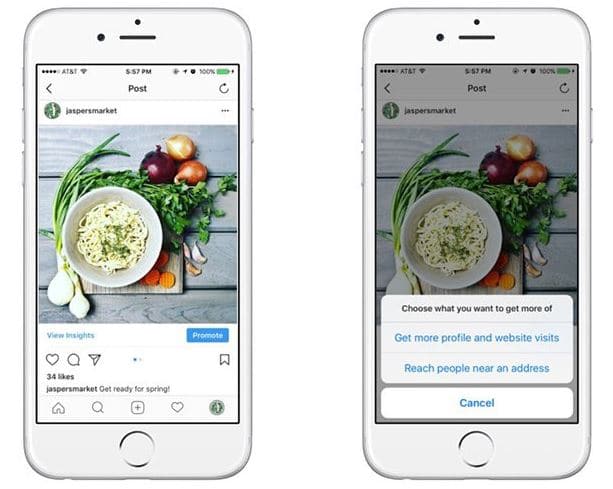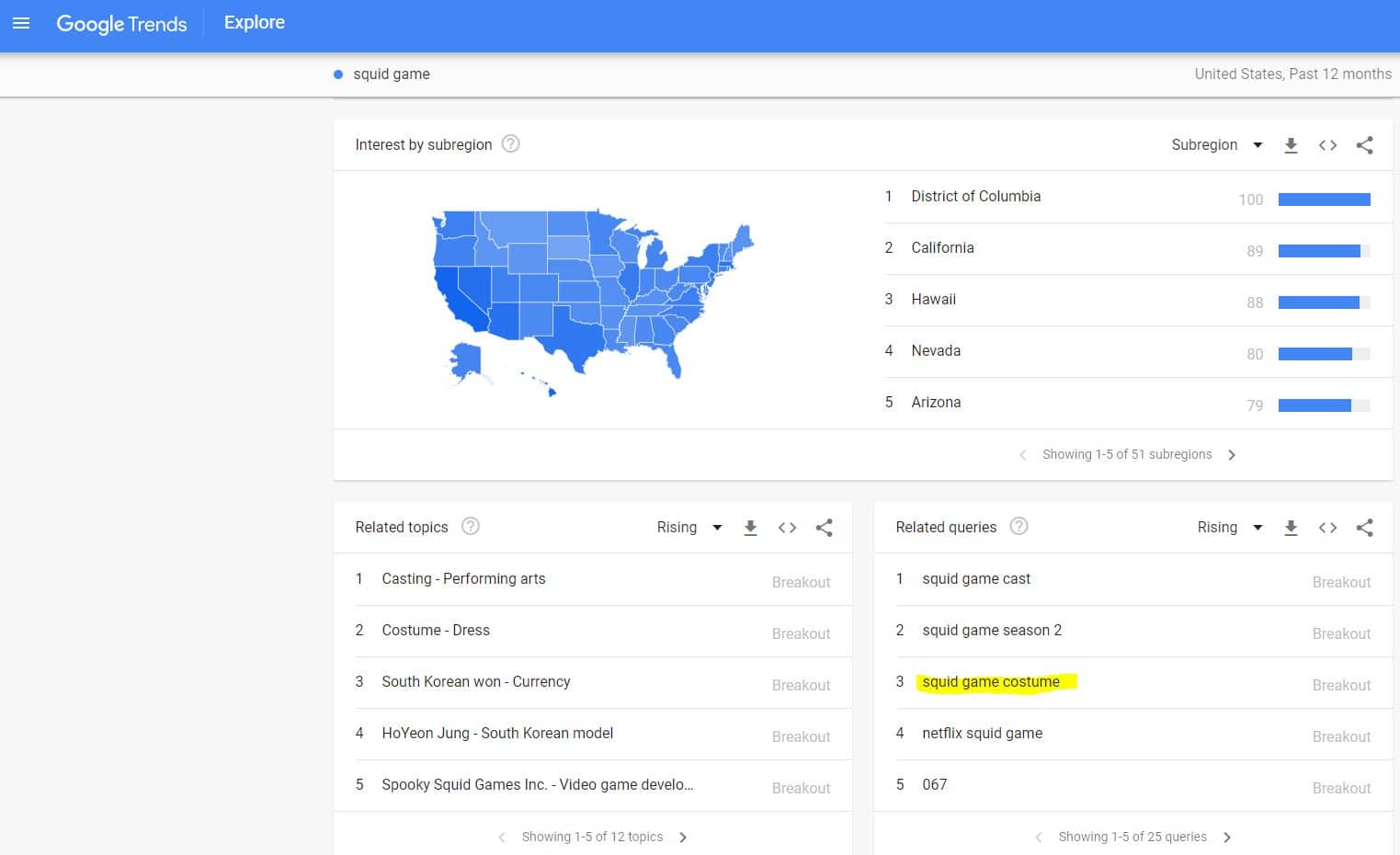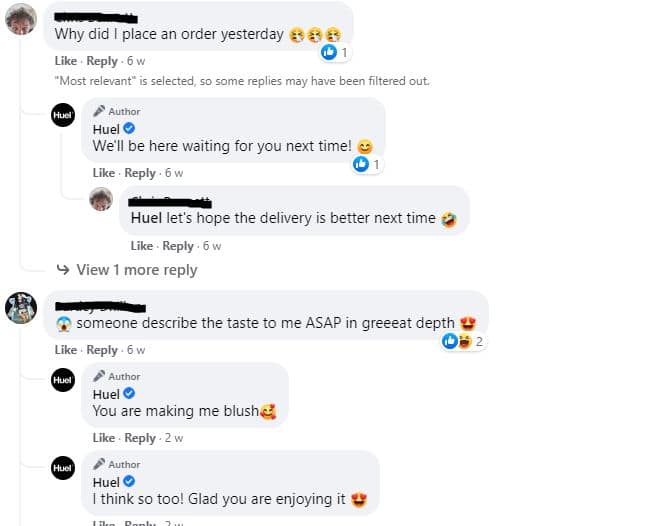Over half of the world uses social media, so whether you’re a small business operating in a B2B or B2C space, you need a social media strategy.
Since most people use social media in their day-to-day lives they assume it’ll be easy running their social media for their business too. In reality, social media is more laborious than many give credit for, mainly because all work has to be doubled, tripled, quadrupled, etc, for each social media platform you add to your repertoire.
This is where automation and scheduling tools come into play, but they’re not entirely a one-stop shop for running a killer social media strategy. That requires human intervention too.
Here’s some social media tips and tricks for augmenting your small business’s social media strategy.
Social media is pretty much a numbers game. Whilst businesses might slot into one social media platform better than others, e.g. B2B or corporate services and LinkedIn, fashion, design and creative and Instagram, it’s still important to play all the cards available to you.
By running social media accounts on all the main platforms; Facebook, Instagram, LinkedIn, TikTok and Twitter, and YouTube, you can compare your engagement rates and measure traffic from each platform with the aim of focussing your efforts on the platform(s) that yield the best results.
Of all the social media platforms, Instagram is probably the easiest to run promotions on, and they’re very effective too. The main method is to sponsor a post, but there are options to team up with influencers and run paid partnership ads where the influencer promotes your product to their own audience.

When creating a sponsored Instagram post, make sure you use a post that you’ve already posted and received some level of engagement on rather than a fresh post with no likes or comments, etc. This gives it a ‘leg up’.
Facebook ads are a little trickier to set up for first-timers but they have some of the best-targeted ads in the business, so if you feel your product has a narrow appeal and you need to laser-focus your targeting then Facebook is likely your go-to.
Social media demographics are no longer dominated by the under 30s and 40s, but trends are a powerful force in marketing these days, and riding them can provide insane results if executed well.
As of the time this post was written, the Netflix sensation Squid Game is currently dominating pop culture – any shrewd eCommerce operators that created products inspired by the show have likely profited and are looking for the next thing by now. See the image below; ‘squid game costume’ is in search high-demand. This also provides clues for social media – discussing contemporary trends is an excellent way to boost engagement.

Google Trends is a powerful tool for staying on top of contemporary developments. The real-time search trends allow brands to tap into what people are saying right now, and whilst this doesn’t necessarily boost a brand’s products or service, it does boost engagement and traffic to social accounts. Many brands use this tactic to boost traffic, essentially acting as a media outlet in their niche.
In short, your social media posts don’t always need to be about your business, or products, or something related to your industry. They can take a tangential angle and interact with trending news and stories some way outside of the niche. Of course, common sense needs to be applied – a B2B corporate services company that rants on about Squid Game might look a little out of character!
One key problem small businesses suffer from with social media is not following up their posts with comments and interaction. Your followers will find you out if you’re just posting and not following up and interacting.
If you look at many top brands on social media then you’ll notice a huge amount of interaction. Nutritional products brand Huel below is a great example, and it’s worth noting that they interact with both positive and negative comments too.

Social media is about putting people. The content itself obviously matters a lot, but if brand messaging is robotic, comments and likes are lacking and general human interaction is low, even stunning content may not cut through the noise.
Don’t be afraid of venturing outside of your niche and expertise to capture awareness from other demographics and make sure you’re covering all bases and not just focussing your efforts on one or two accounts.